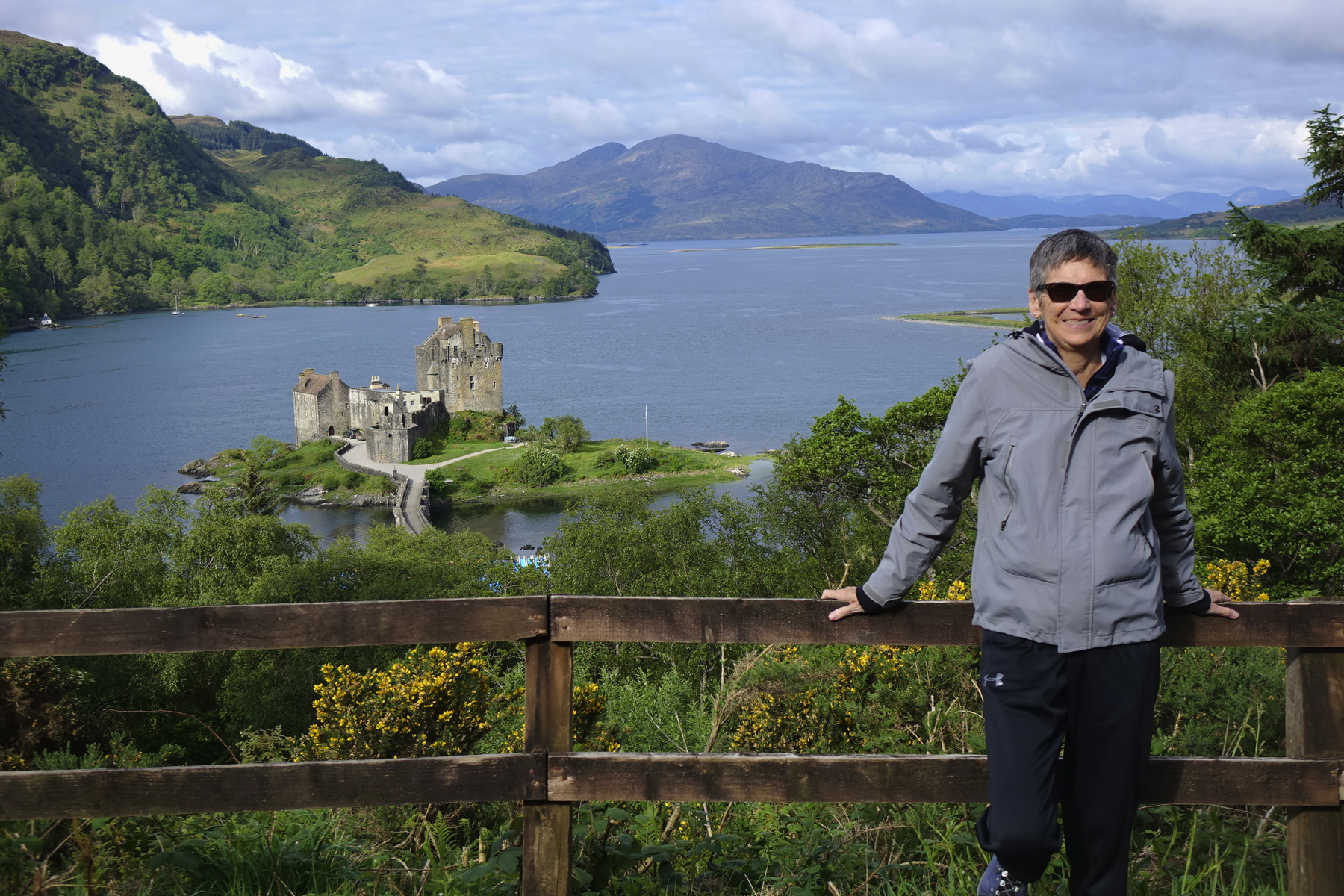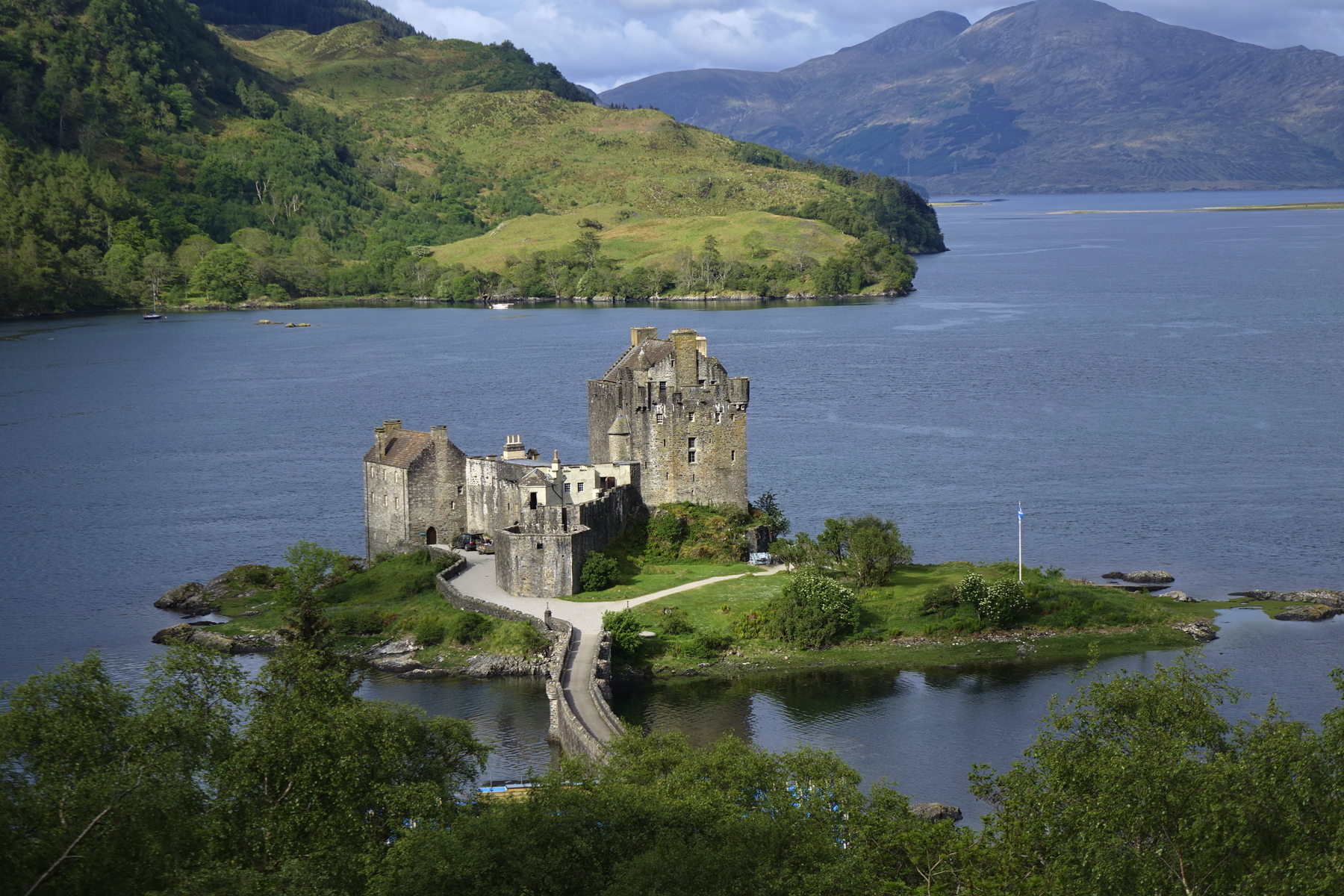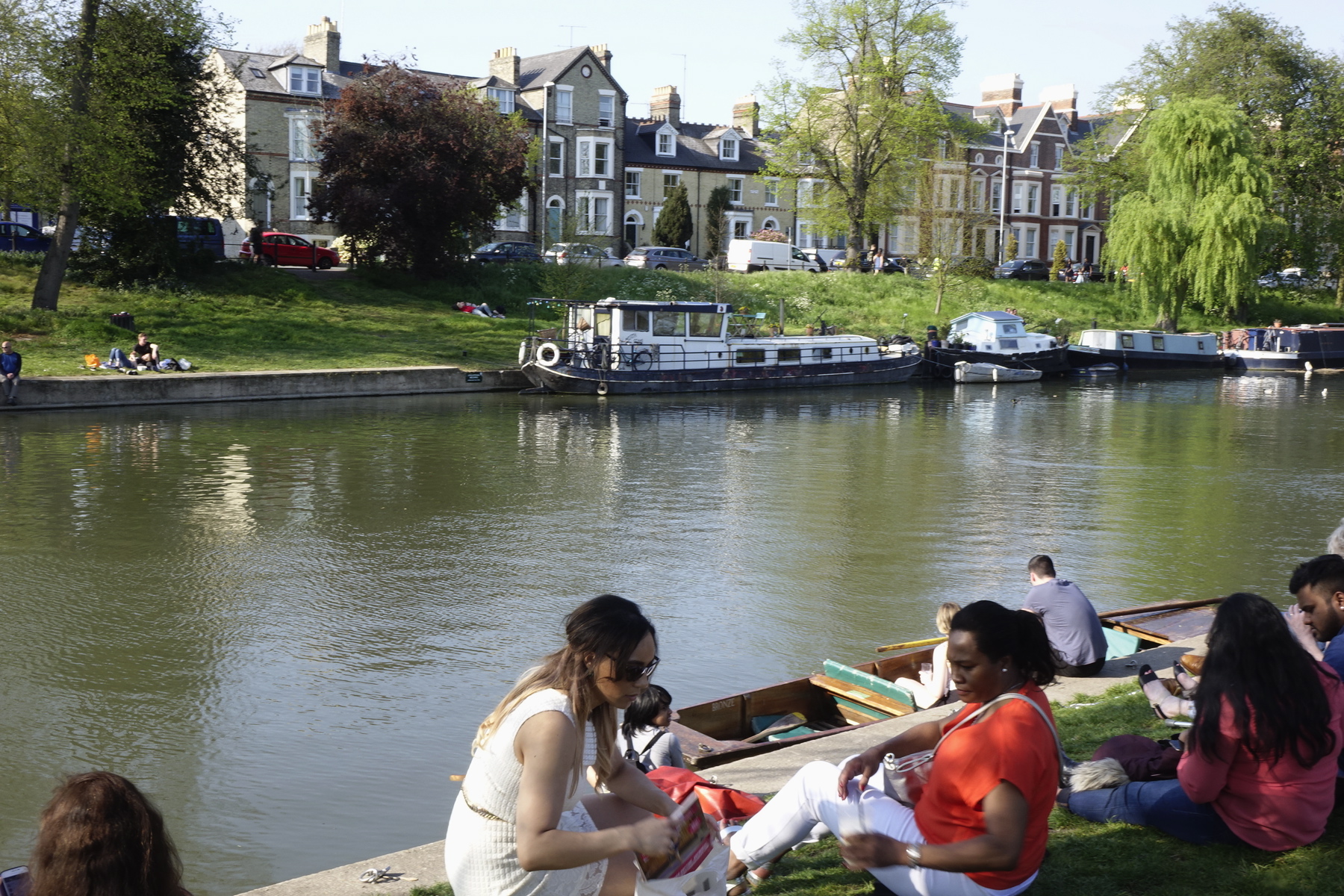 On a recent trip to England, our son took us to visit historic Warwick, an enclosed city. The highlight of the afternoon for me was going for a proper English cream tea at the Oken Tea Rooms.
On a recent trip to England, our son took us to visit historic Warwick, an enclosed city. The highlight of the afternoon for me was going for a proper English cream tea at the Oken Tea Rooms.
The Tea room is actually several quirky rooms of the 500 year old house where the wealthy merchant and former mayor, Thomas Oken, once lived near the Warwick Castle. The house of yesteryear is enchanting for its’ old world charm.
The walls of the half-gabled house slanted and the roof sagged, looking like a picture in a fairytale. When we walked into the reception area by the till, sacks of 30 different loose leaf teas - jasmine, lemon grass, mango, Japanese cherry and others - could be purchased along with other sweet treats like caramelized clotted cream nuggets.
The waitresses, donning aprons over casual slacks, shorts and T-shirts, bustled about  looking like they stepped out of the back kitchen where they baked homemade cakes and scones. Patrons spilled out of the ground floor tea rooms, so our waitress led us up a rickety, winding, ancient staircase that made me feel like I stepped into the old nursery rhyme.
looking like they stepped out of the back kitchen where they baked homemade cakes and scones. Patrons spilled out of the ground floor tea rooms, so our waitress led us up a rickety, winding, ancient staircase that made me feel like I stepped into the old nursery rhyme.
“There was a crooked man…He bought a crooked cat, which caught a crooked mouse,
And they all liv'd together in a little crooked house.”
We ducked under the doorway and stepped into the past of what looked like a parlor from the eighteen hundreds. Stuffed sofas and antique chairs surrounded wooden tables where families whiled away time sipping tea.
 We squeezed around a low table designed for short-statured folks of earlier times. We folded our long legs; our knees knocked into the furniture.
We squeezed around a low table designed for short-statured folks of earlier times. We folded our long legs; our knees knocked into the furniture.
The tea was served on crockery that looked like it came straight out of great granny’s china cabinet. The tea, served in individual pots, included a strainer to separate the tea leaves. Fist-sized, fluffy, light scones balanced on trays alongside ceramic bowls, one laden with strawberry jam and thick, clotted cream in the other.
One bite of a cream topped scone was bliss.
Hungrier visitors could enjoy a full lunch or dinner or you could make a meal out of Tea for Three option, presented on a cake trolley, with a tiered glass plate towering with scones, cakes and finger sandwiches cut in triangles.
The only thing missing from our traditional tea was our lovely British daughter-in-law. I wished she had been with us to explain the difference between low tea and high tea. She’d probably say what any British person would tell you, anytime is a good for “a cuppa.”






 Though unlike our ancient clan chiefs, you never led your tribe in battle against the Munros, MacLeods, or MacDonalds, you inspired countless warriors on the playing fields of Sterling to conquer “enemies” in Dixon, Rock Falls and Rochelle.
Though unlike our ancient clan chiefs, you never led your tribe in battle against the Munros, MacLeods, or MacDonalds, you inspired countless warriors on the playing fields of Sterling to conquer “enemies” in Dixon, Rock Falls and Rochelle.


 Ever since I found out that my paternal lineage goes back to the 12th century Clan Mackenzie, I dreamed of following their trail from Eilean Donan Castle on the west coast across the Scottish Highlands and the Kintail mountains to Castle Leod on the eastern shores.
Ever since I found out that my paternal lineage goes back to the 12th century Clan Mackenzie, I dreamed of following their trail from Eilean Donan Castle on the west coast across the Scottish Highlands and the Kintail mountains to Castle Leod on the eastern shores. Mackenzie’s, once the strongest clan in the north of Scotland, reigned for centuries. From rich, warlords to cash strapped landlords, their story portrays the end of the clan system as fortunes changed hands after the Highland Clearances. Their lives were as rugged as the lands they ruled. Filled with craggy inlets, mist-covered mountains, and broody glens, their land lends way to legends.
Mackenzie’s, once the strongest clan in the north of Scotland, reigned for centuries. From rich, warlords to cash strapped landlords, their story portrays the end of the clan system as fortunes changed hands after the Highland Clearances. Their lives were as rugged as the lands they ruled. Filled with craggy inlets, mist-covered mountains, and broody glens, their land lends way to legends.


 I went to Cambridge, the prestigious medieval university, only as a tourist, but boy did I get educated. Though my former students have attended these hallowed grounds, I felt like a dunce when I realized Cambridge was not one central institution, but actually 31 different colleges under the administrative umbrella of the University. The colleges, established between the 11th and 15th centuries, have unique, individual histories.
I went to Cambridge, the prestigious medieval university, only as a tourist, but boy did I get educated. Though my former students have attended these hallowed grounds, I felt like a dunce when I realized Cambridge was not one central institution, but actually 31 different colleges under the administrative umbrella of the University. The colleges, established between the 11th and 15th centuries, have unique, individual histories.
 cheese rolls, salt & vinegar crisps (chips) were followed by sweets – brownies, French cakes – pink, chocolate and yellow frosted squares and strawberries.
cheese rolls, salt & vinegar crisps (chips) were followed by sweets – brownies, French cakes – pink, chocolate and yellow frosted squares and strawberries. rchitecture, and known for it stained glass windows whose refracted light creates incredible beauty under the vaulted ceiling. The chapel, a Tudor masterpiece, commissioned by Henry VII, was completed under Henry VIII reign.
rchitecture, and known for it stained glass windows whose refracted light creates incredible beauty under the vaulted ceiling. The chapel, a Tudor masterpiece, commissioned by Henry VII, was completed under Henry VIII reign.







 “Everyone – men and women – can pledge to take a concrete step to help achieve gender parity more quickly and each of us can be a leader within our own spheres of influence and commit to take pragmatic action to help include and advance women.”
“Everyone – men and women – can pledge to take a concrete step to help achieve gender parity more quickly and each of us can be a leader within our own spheres of influence and commit to take pragmatic action to help include and advance women.”